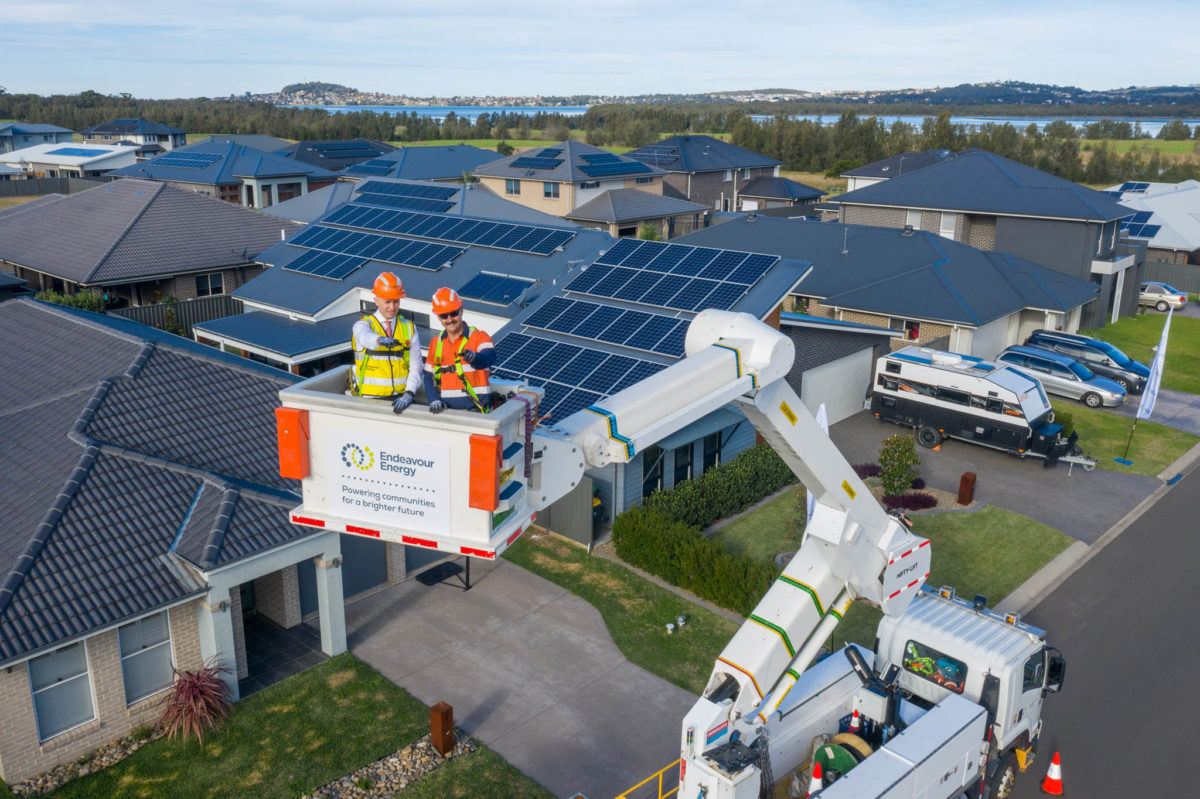From pv magazine 07/2021
Polarisation and internecine party politics are the default settings of the Australian climate discourse – at least at the national policymaking level. At the same time, the country has the most installed PV per head of population and the highest uptake of residential rooftop PV, reminds the University of New South Wales’ (UNSW) Anna Bruce.
The apparent contradiction may confound observers, but it makes Australia’s energy transformation particularly dynamic. It is also ideal for research, particularly as levels of renewable penetration continue to climb. And it’s a field that requires an interdisciplinary approach, which is precisely the one Bruce takes.
“While I work for SPREE, I do most of my research with the Collaboration on Energy and Environmental markets, an interdisciplinary research collaboration with colleagues from the business school, and social scientists along with engineers,” says Bruce.
The approach allows for a more holistic analysis of the country’s energy transition, a transition that is seeing consumers and solar “prosumers” play an increasingly important role. “There is increased recognition of the importance of consumers and consequently a lot of change is occurring,” says Bruce. “Even networks businesses are needing to be more consultative with consumers.”

UNSW
Case study: South Australia
While solar installation and increasing renewables share are nationwide developments, the state of South Australia has proven to be an unintentional case study. The state, an interconnected region of Australia’s National Electricity Market (NEM), has seen renewable penetration soar, as a wave of large-scale wind and rooftop solar have displaced ageing coal and gas generators.
The development has left the grid light on synchronous generation, and at the very forefront of discussions as to how high levels of renewables can be integrated into the grid, while maintaining system strength and avoiding prohibitively high costs.
“In South Australia, there are days when the whole of the region’s demand is supplied by solar, mostly on rooftops, for hours in the middle of the day,” explains Bruce. “Because of this we are seeing challenges in the distribution network, but also at the system level. In aggregate, rooftop solar is larger than the largest generators on the NEM.”
The result of this development saw urgent, and some argue hurried, changes to PV inverter standards, and new rules introduced by the South Australian government in 2020. This allowed the market operator to control inverters remotely in times of grid disturbance and to require technical changes in how inverters operate during such events. The changes also allowed for the increasing curtailment of inverters at high voltages, which will impact consumers by limiting both grid exports and self consumption, and the resultant revenues.
“I think that for those changes we need to be cautious, because they are not immediately urgent,” says Bruce. “There could have been more time taken, and a better cost-benefit analysis, and a better understanding of how those changes are going to impact consumers that own PV systems.”
Solar households in Australia are facing charges incurred on their PV grid exports, another move proposed by regulators – this time on a national level. Bruce says it is not clear whether such charges are necessary, nor whether they will have the desired impact, such as encouraging households to add batteries, thereby controlling exports, and contributing to network voltage.
“I don’t think we should want to discourage people from installing PV,” says Bruce. “I do recognise the equity concerns and there is a need for networks to spend money to enable this transition, I’m just not convinced that’s the way to do it.”
Storage required
What is clear is that connected batteries will play a central role in the integration of increasing levels of renewable energy into electricity networks in the pursuit of 100% renewables – a goal whose possibility the UNSW researcher says is undoubtable. There is still much to learn about what is the most effective way to deploy energy storage, and what households will be willing to accept, by way of “orchestration” or remote control of these distributed fleets of batteries. These include virtual power plants (VPP), demand response, EVs, and other forms of energy storage.
“There is not that much analysis out there of these small, distributed batteries in the field, and what they are actually doing. At SPREE, PhD student Hou Sheng recently analysed a data set of more than 600 batteries. In this case they were doing what we call ‘load following,’ which means absorbing any excess PV from the household, until the battery is full, and then using the battery to meet the load when there is insufficient PV.”
In this “load following” mode, the UNSW research found that the batteries were effective in terms of reducing peak loads, even when not orchestrated into a VPP. “Where they don’t provide much benefit is in actually reducing the peak export, which is now the big emerging challenge we are seeing in Australia,” adds Bruce. “But Hou Sheng showed some simple ways you can improve that, just by delaying the time at which you charge the battery or reduce the rate at which it charges.”
What is clear is that a 50%, 75% or even a 100% renewable energy network will not resemble the centralised, fossil-fuel powered legacy grid, and that consumers are going to have be engaged and brought along on the journey. “It’s complicated,” says Bruce, making the case, in short, for her interdisciplinary approach.
This content is protected by copyright and may not be reused. If you want to cooperate with us and would like to reuse some of our content, please contact: editors@pv-magazine.com.









By submitting this form you agree to pv magazine using your data for the purposes of publishing your comment.
Your personal data will only be disclosed or otherwise transmitted to third parties for the purposes of spam filtering or if this is necessary for technical maintenance of the website. Any other transfer to third parties will not take place unless this is justified on the basis of applicable data protection regulations or if pv magazine is legally obliged to do so.
You may revoke this consent at any time with effect for the future, in which case your personal data will be deleted immediately. Otherwise, your data will be deleted if pv magazine has processed your request or the purpose of data storage is fulfilled.
Further information on data privacy can be found in our Data Protection Policy.